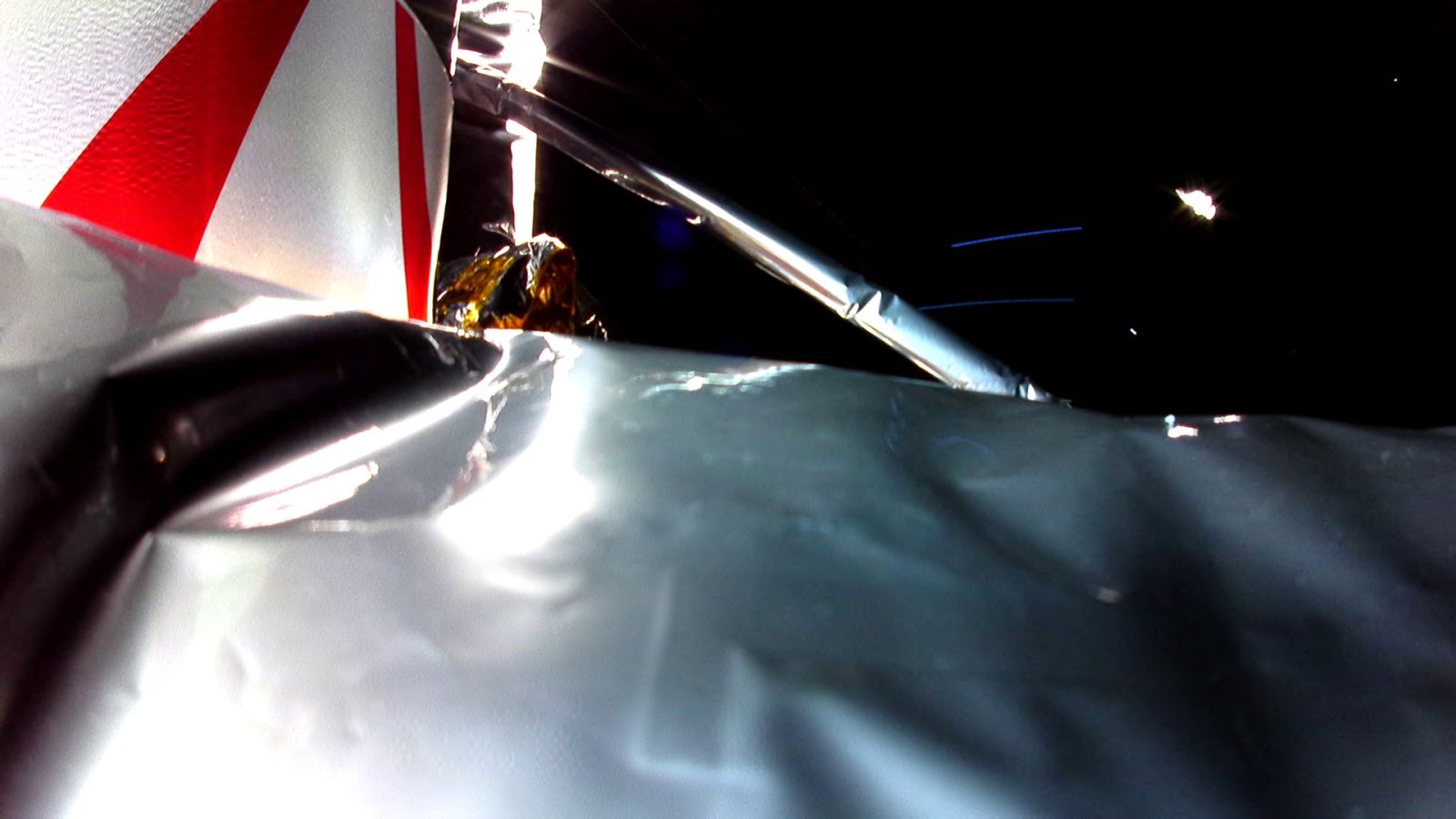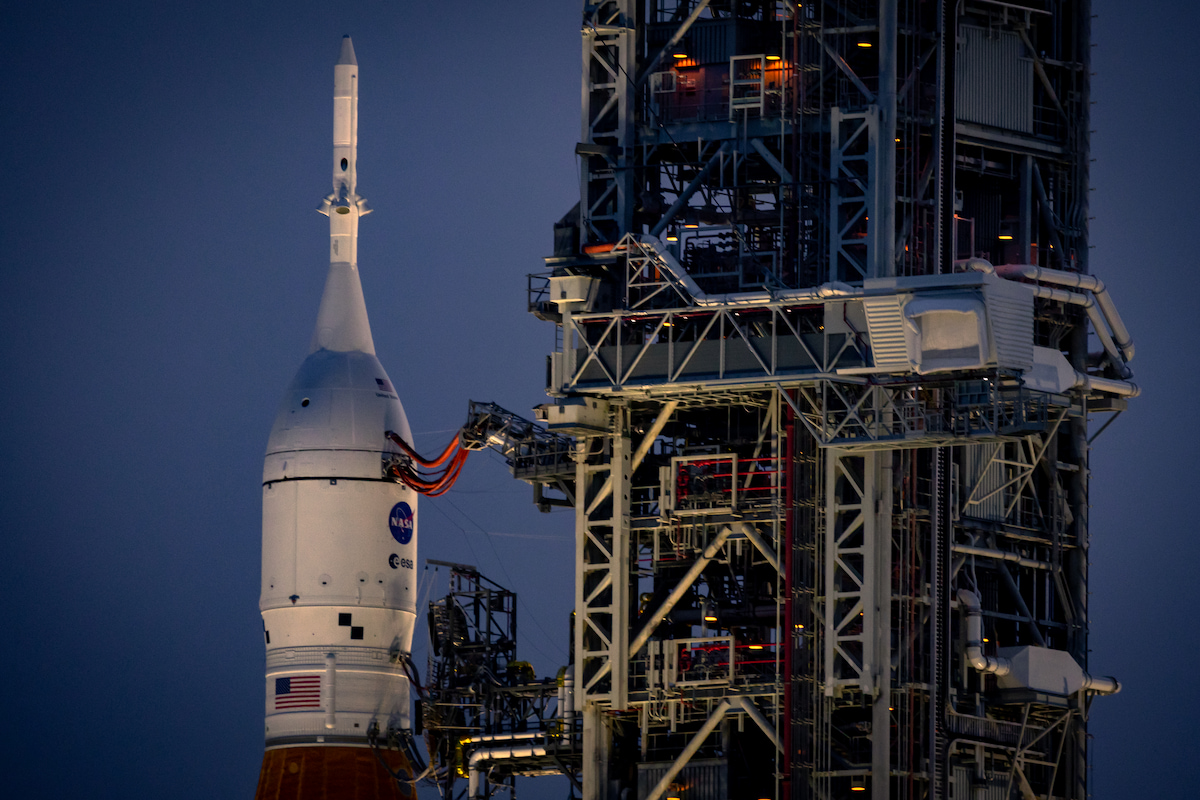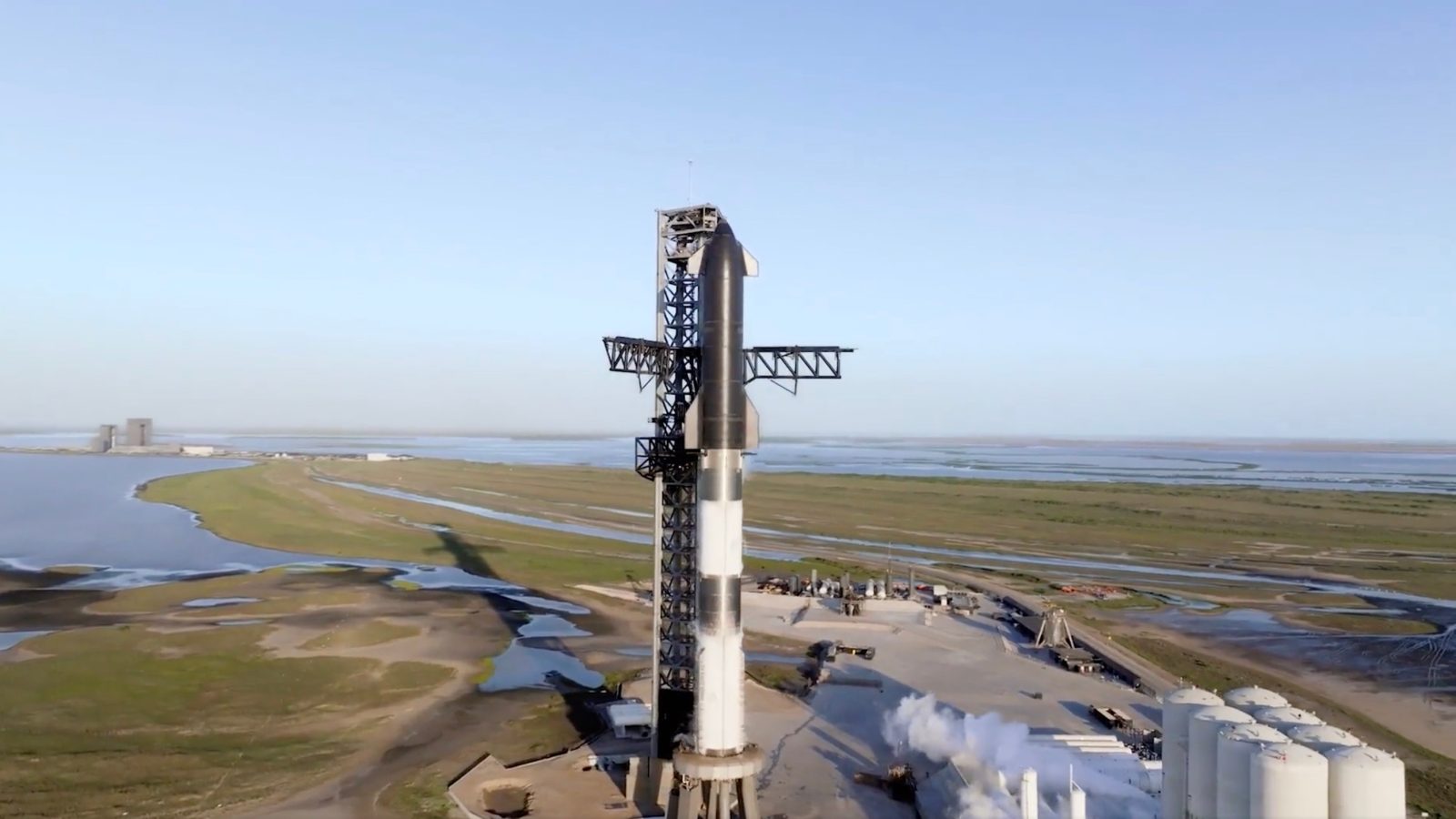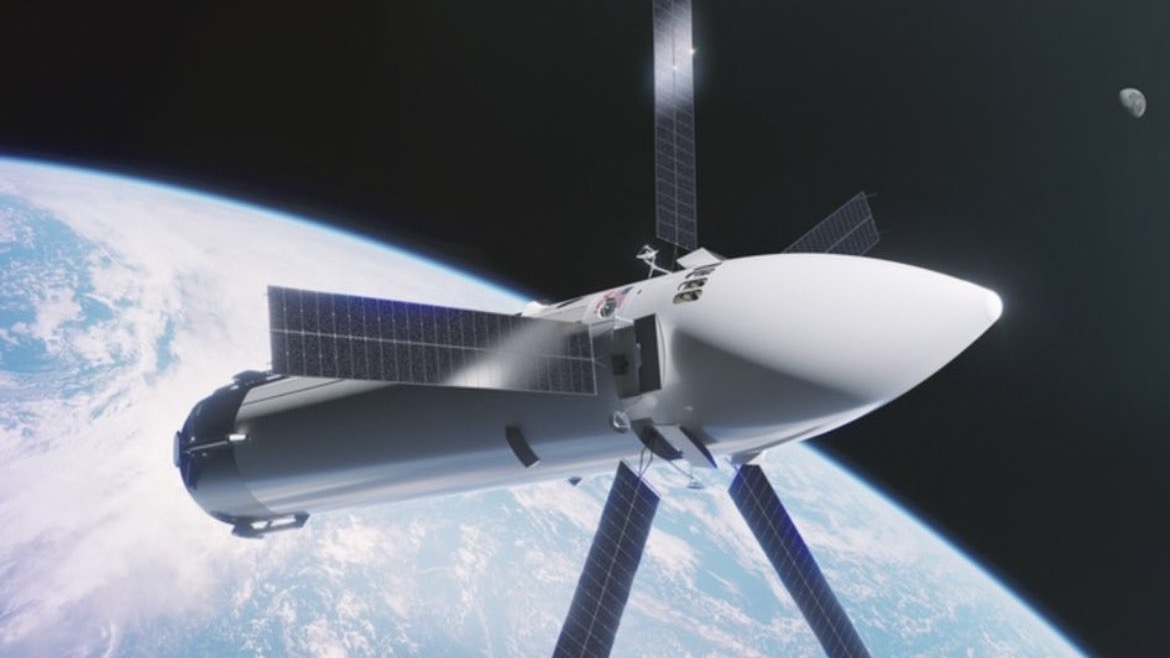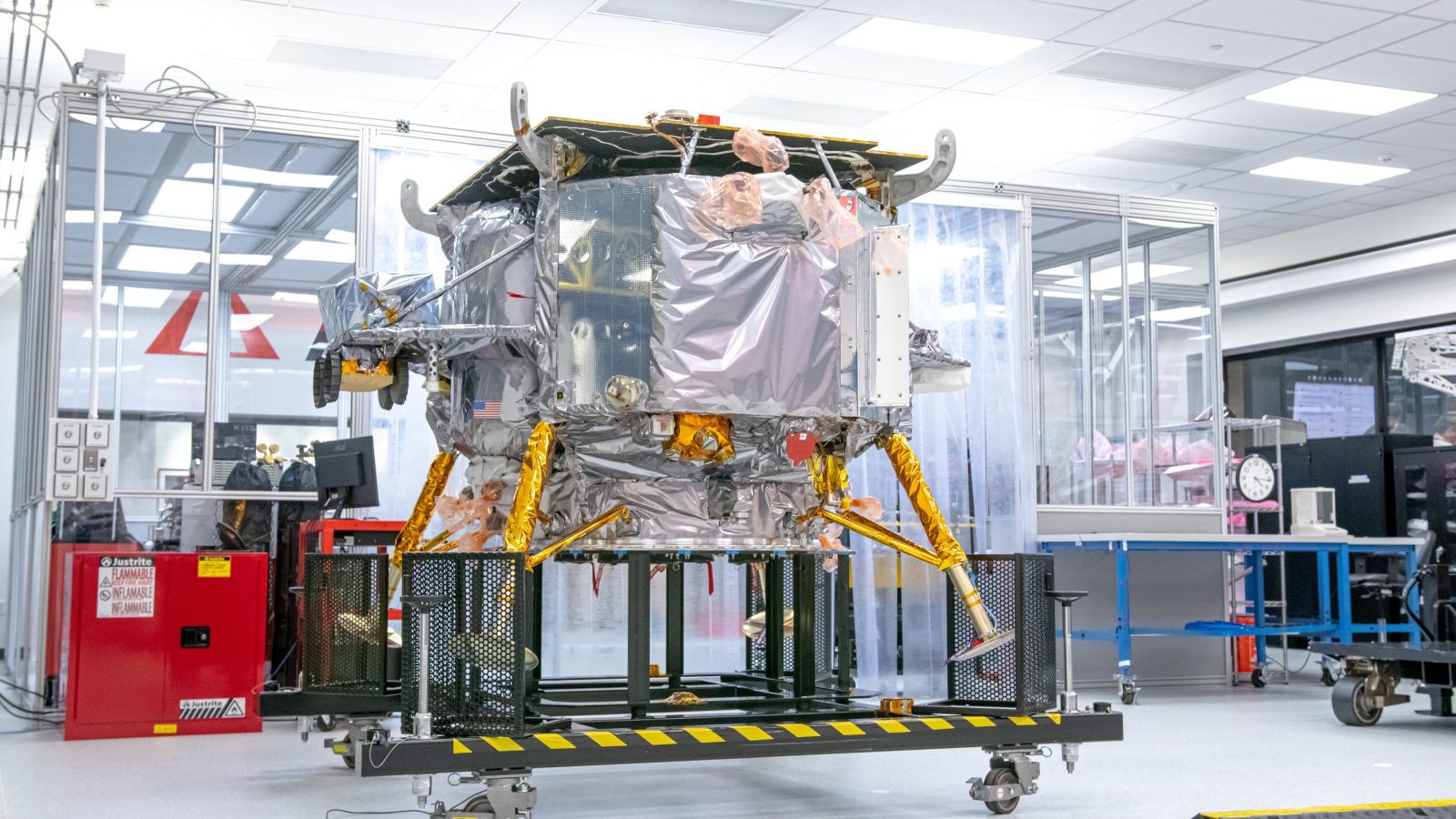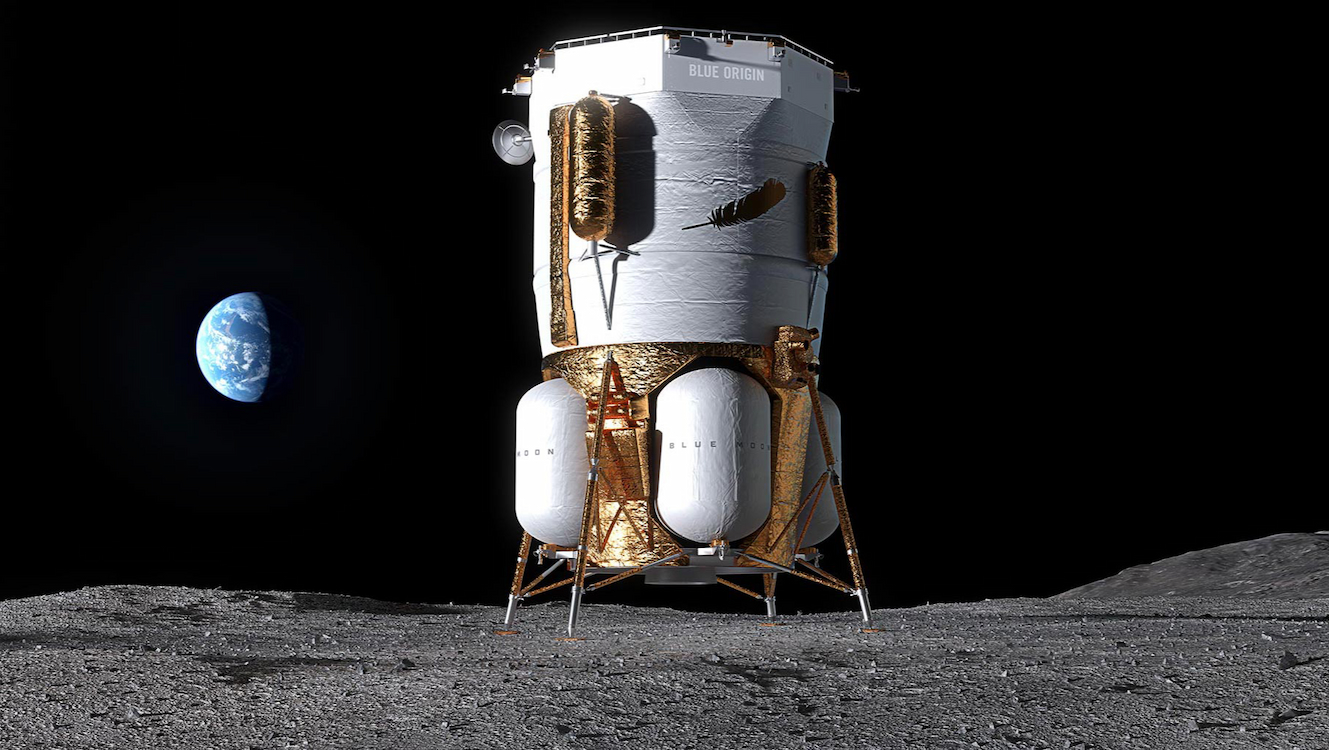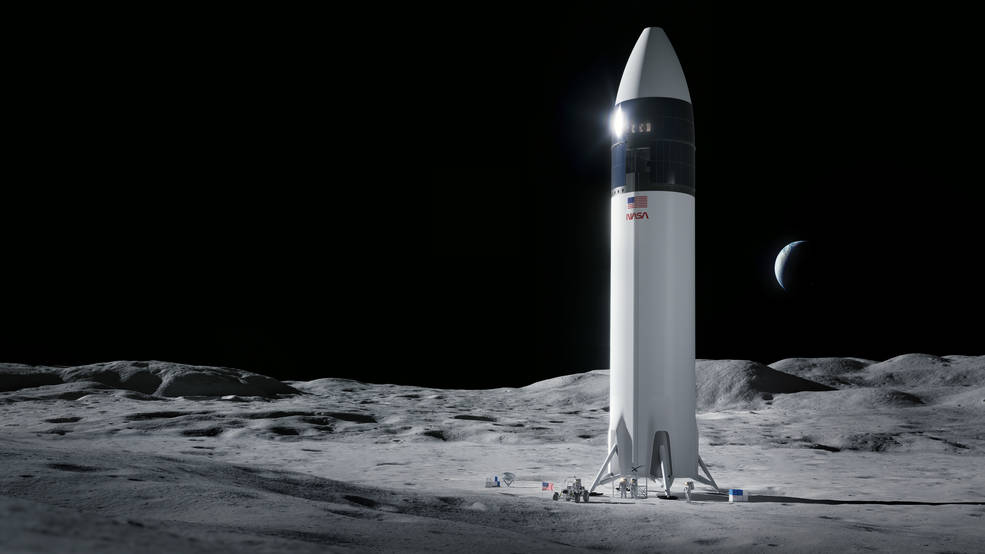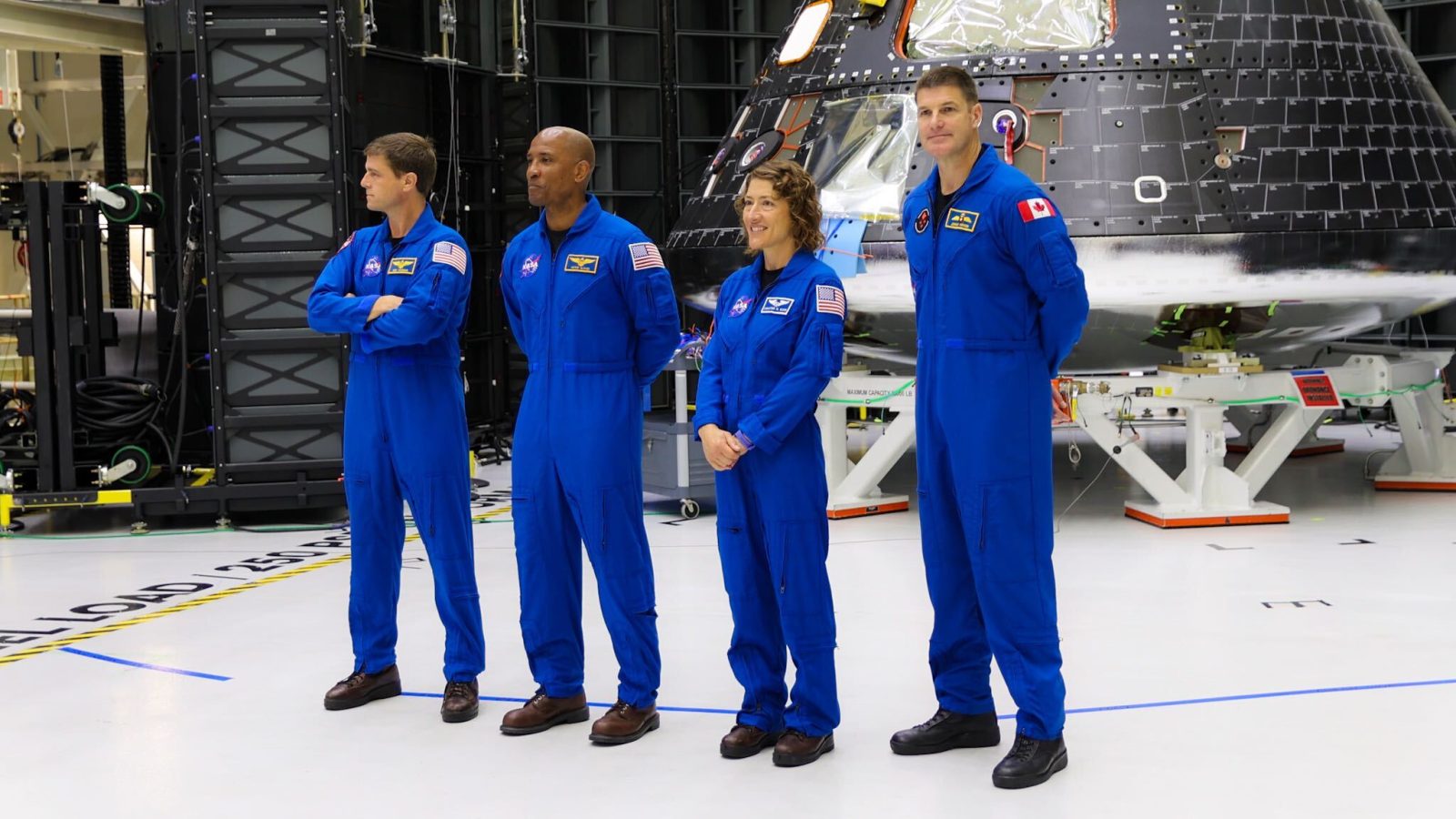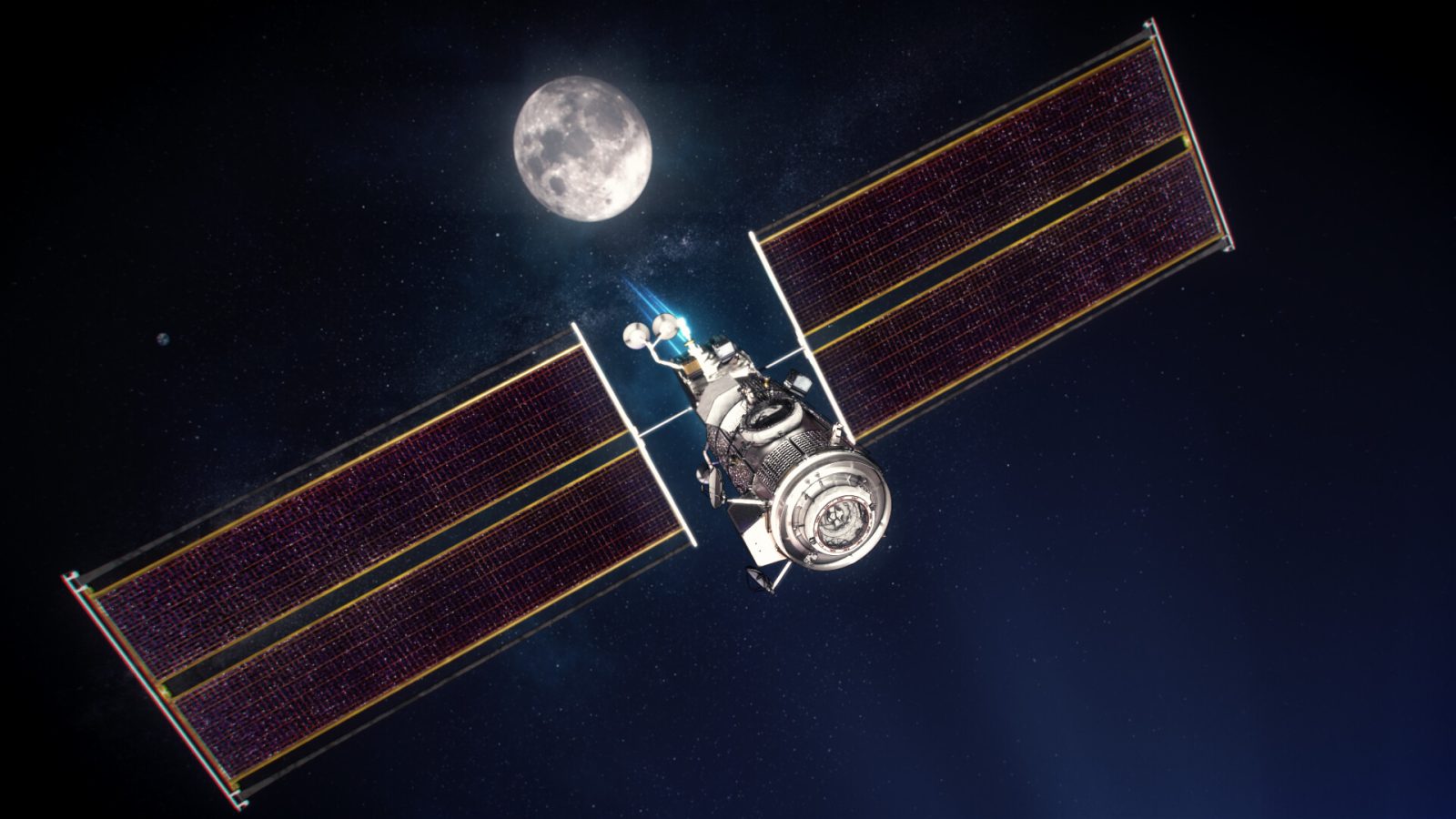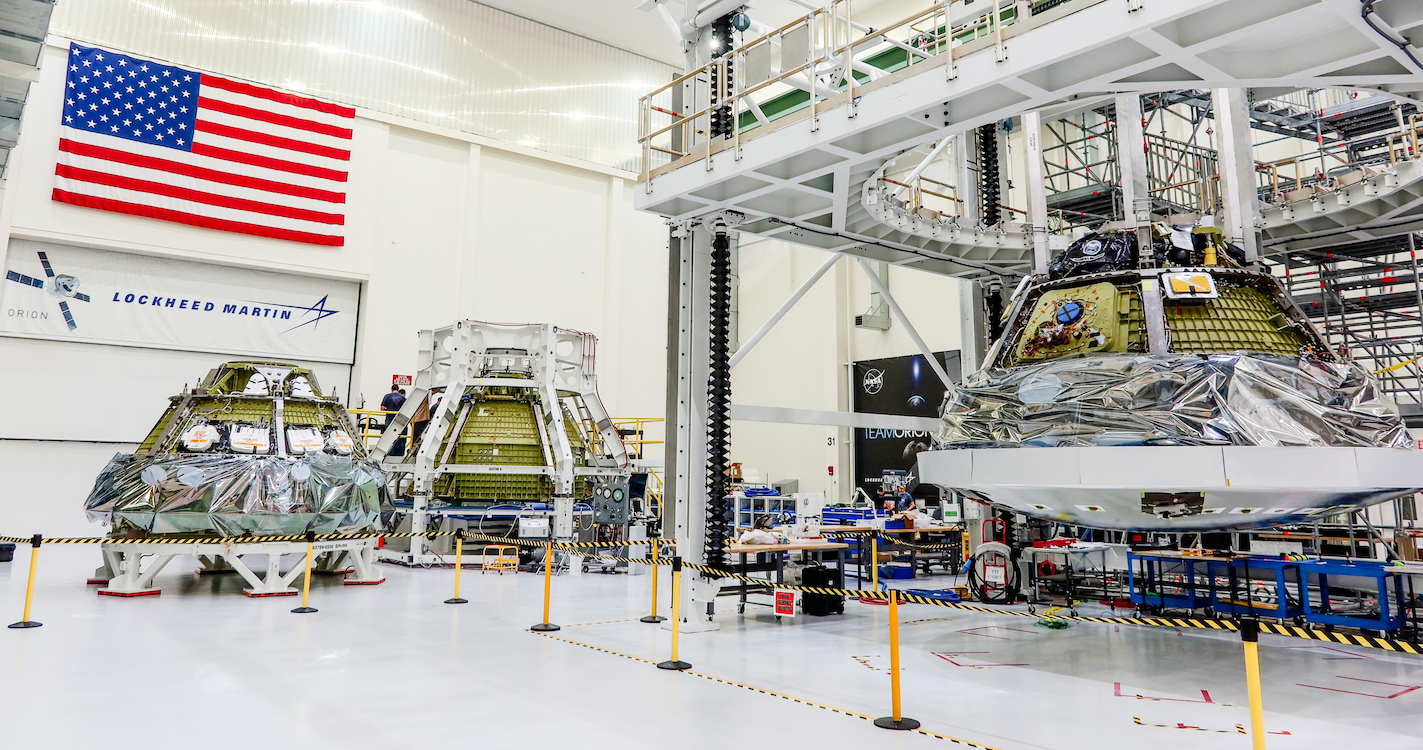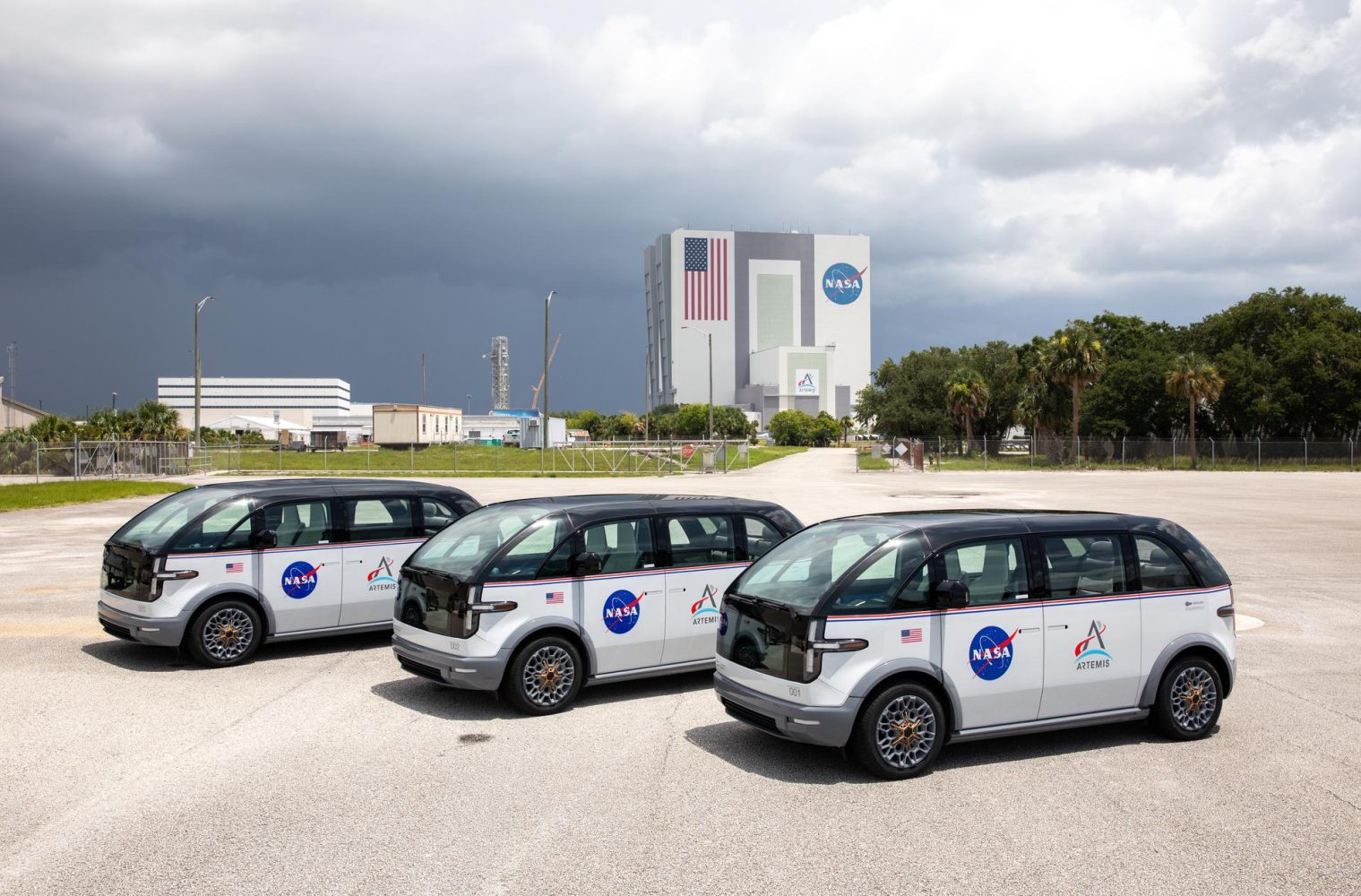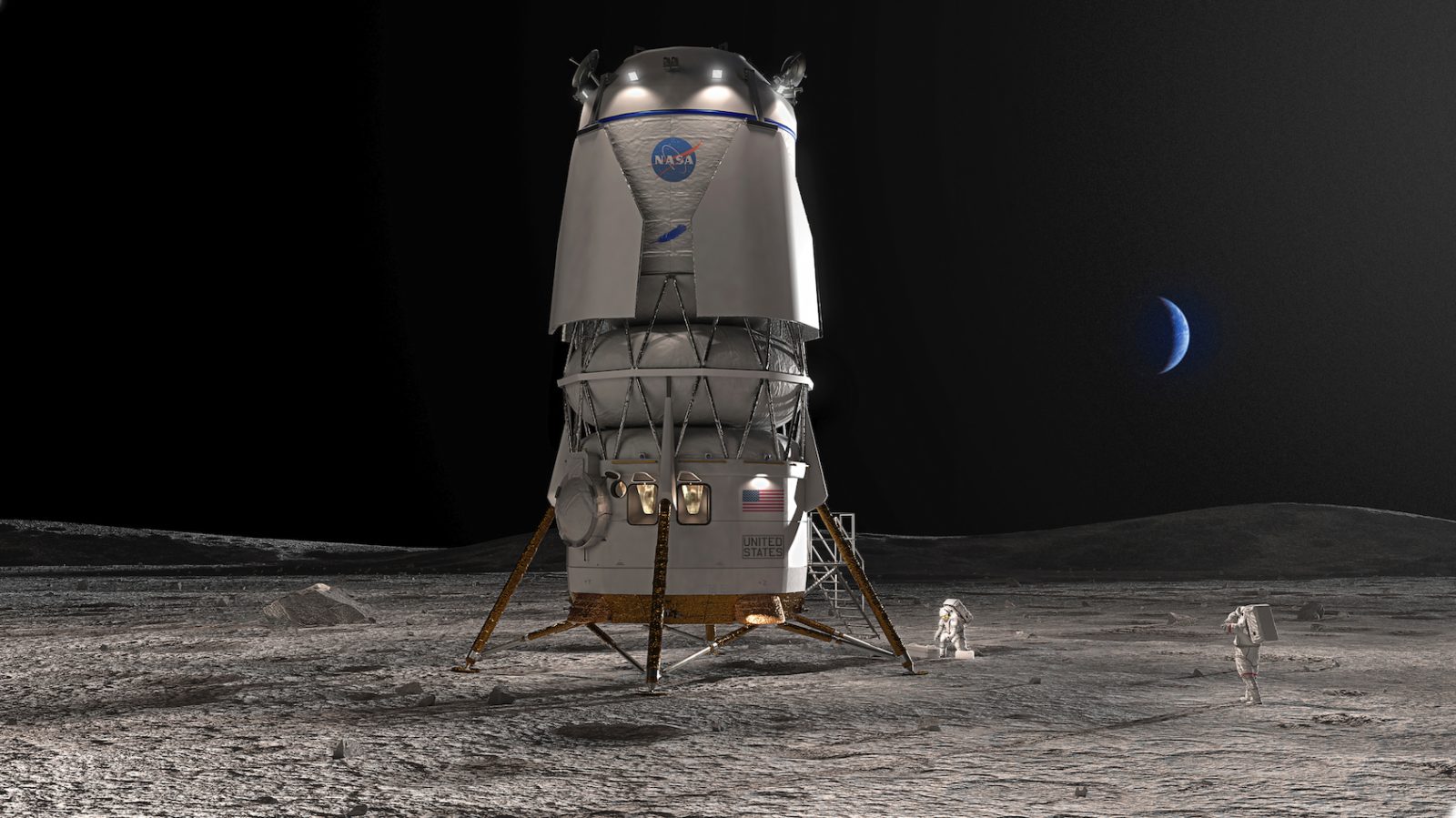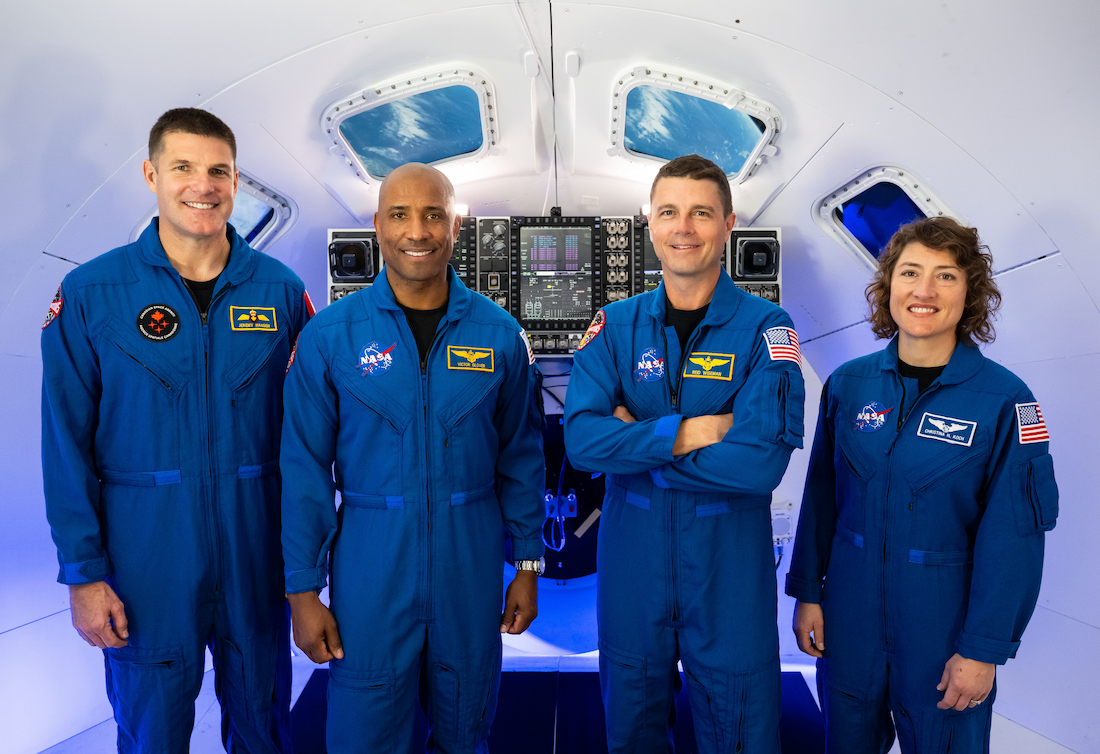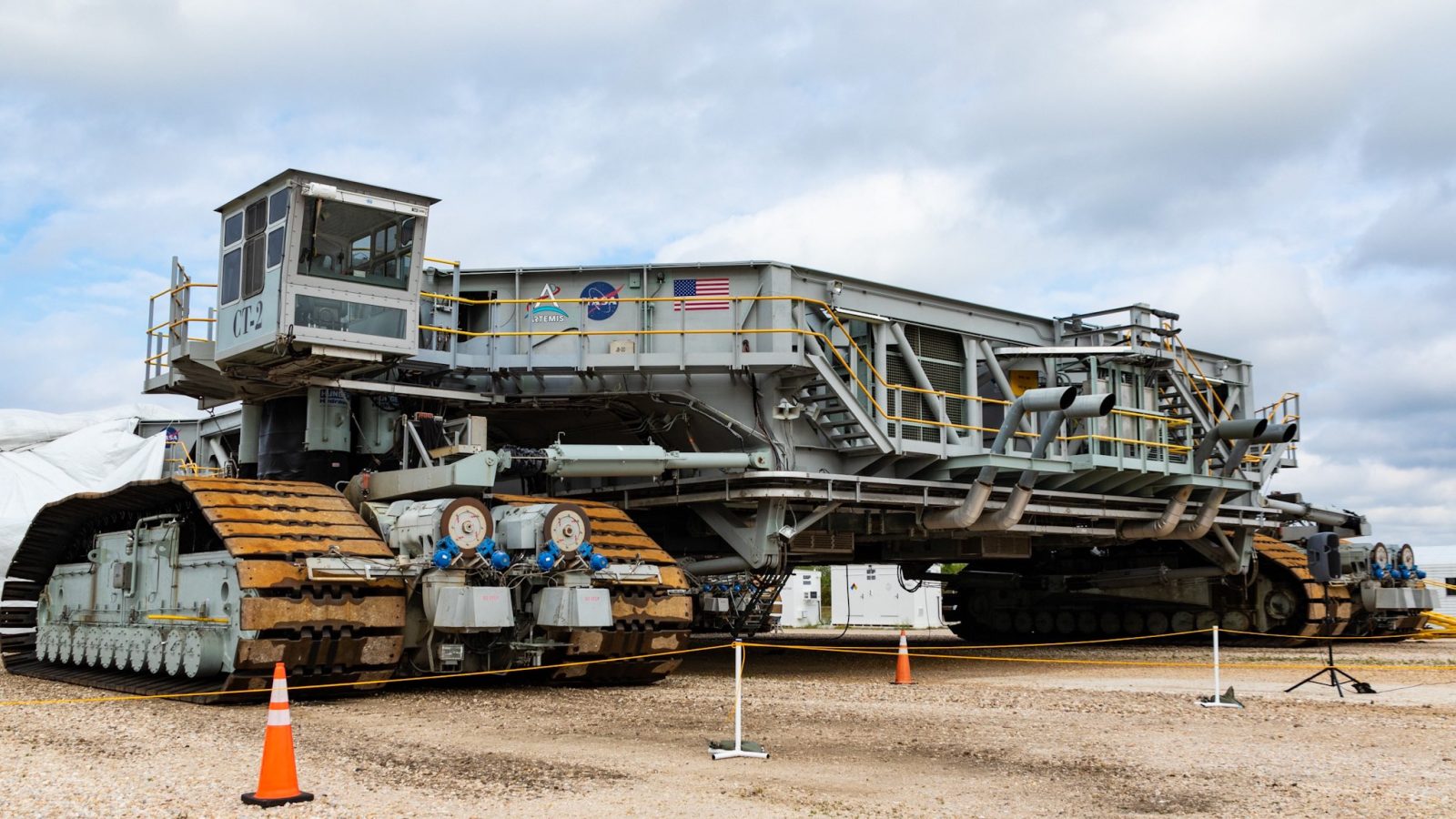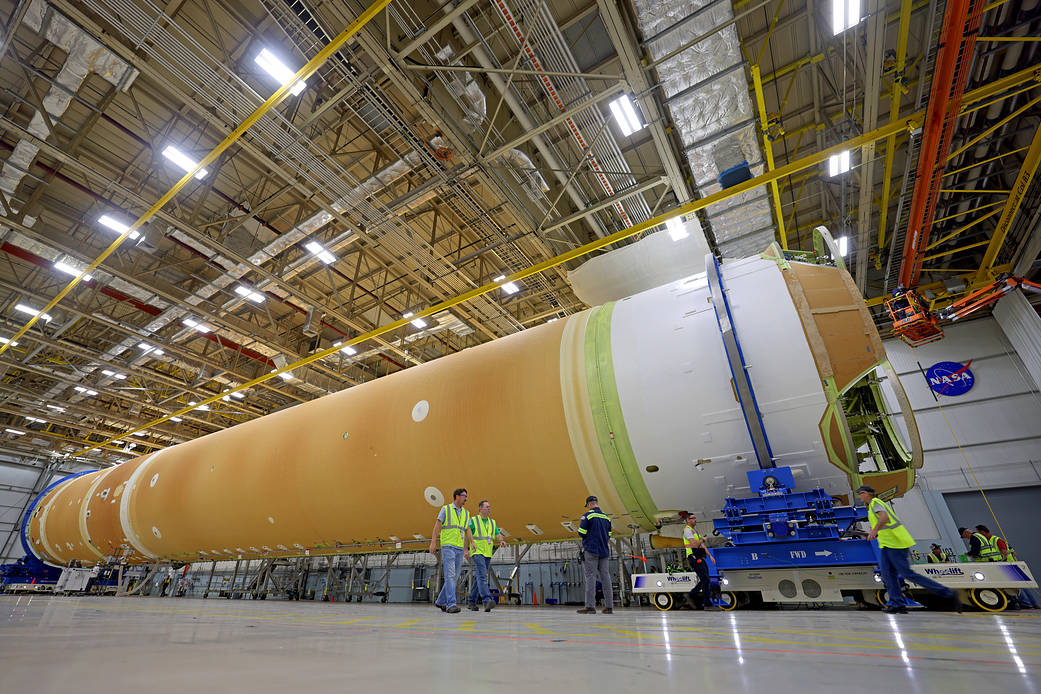Artemis program
NASA's Artemis program is an attempt to land humans on the moon for the first time in almost 50 years.

NASA’s 21st century plan to return to the moon
NASA’s Artemis program is an attempt to land humans on the moon for the first time in almost 50 years. The program is largely the result of Space Policy Directive 1, which tasked NASA with focusing more time on getting back to the moon.
Named after the Greek goddess of the moon, the Artemis program is planned to get a human on the moon by as early as 2025. Artemis I is set to launch in August 2022 with the goal of sending the Orion spacecraft into a retrograde orbit around the moon to test its viability. Artemis II will launch two years later with the same objective, except this time, there will be a crew aboard. Artemis III is set to launch in 2025 and will be the mission that finally puts another human on the moon.
NASA plans on using what they learn from visiting the moon to help take the next giant leap that is visiting Mars.
